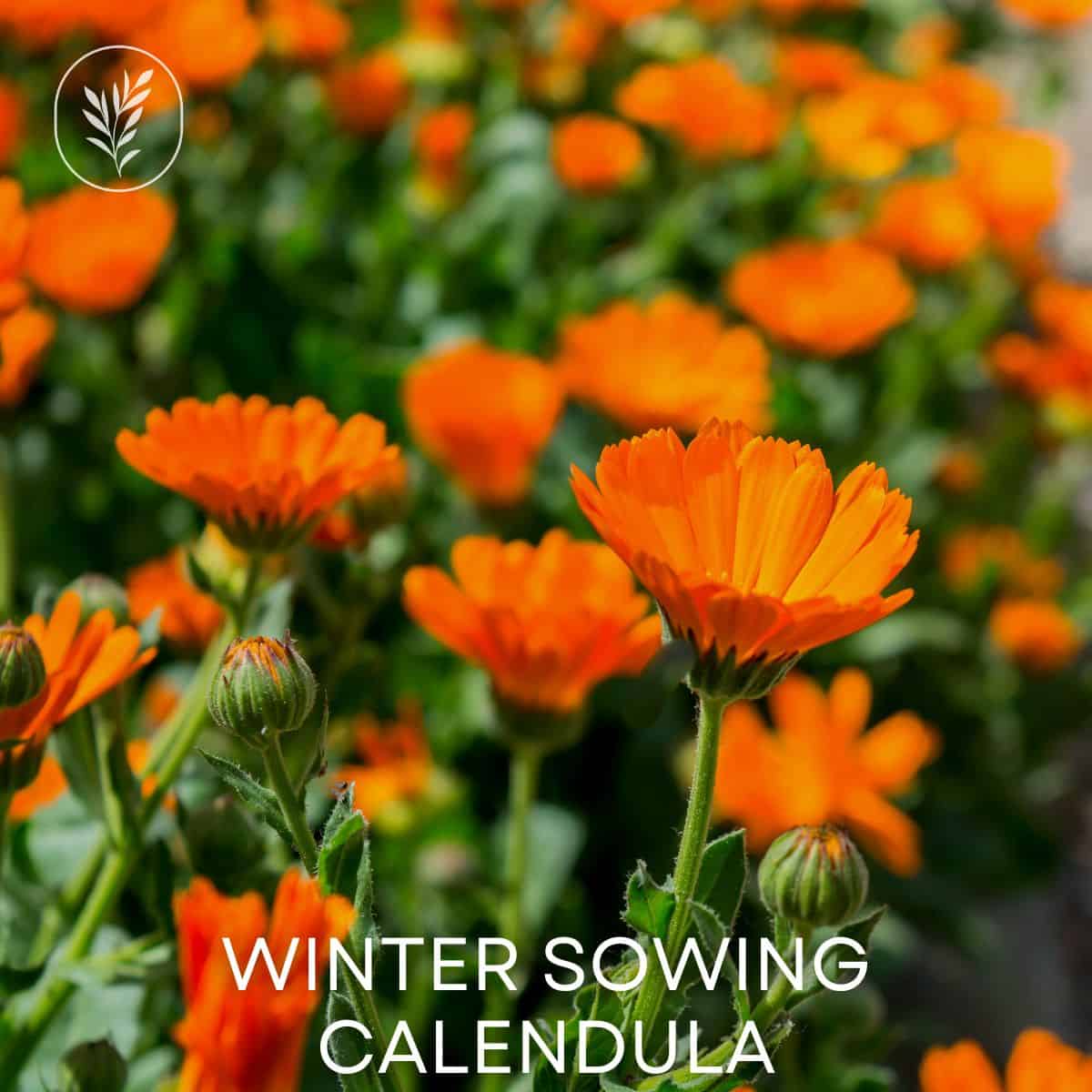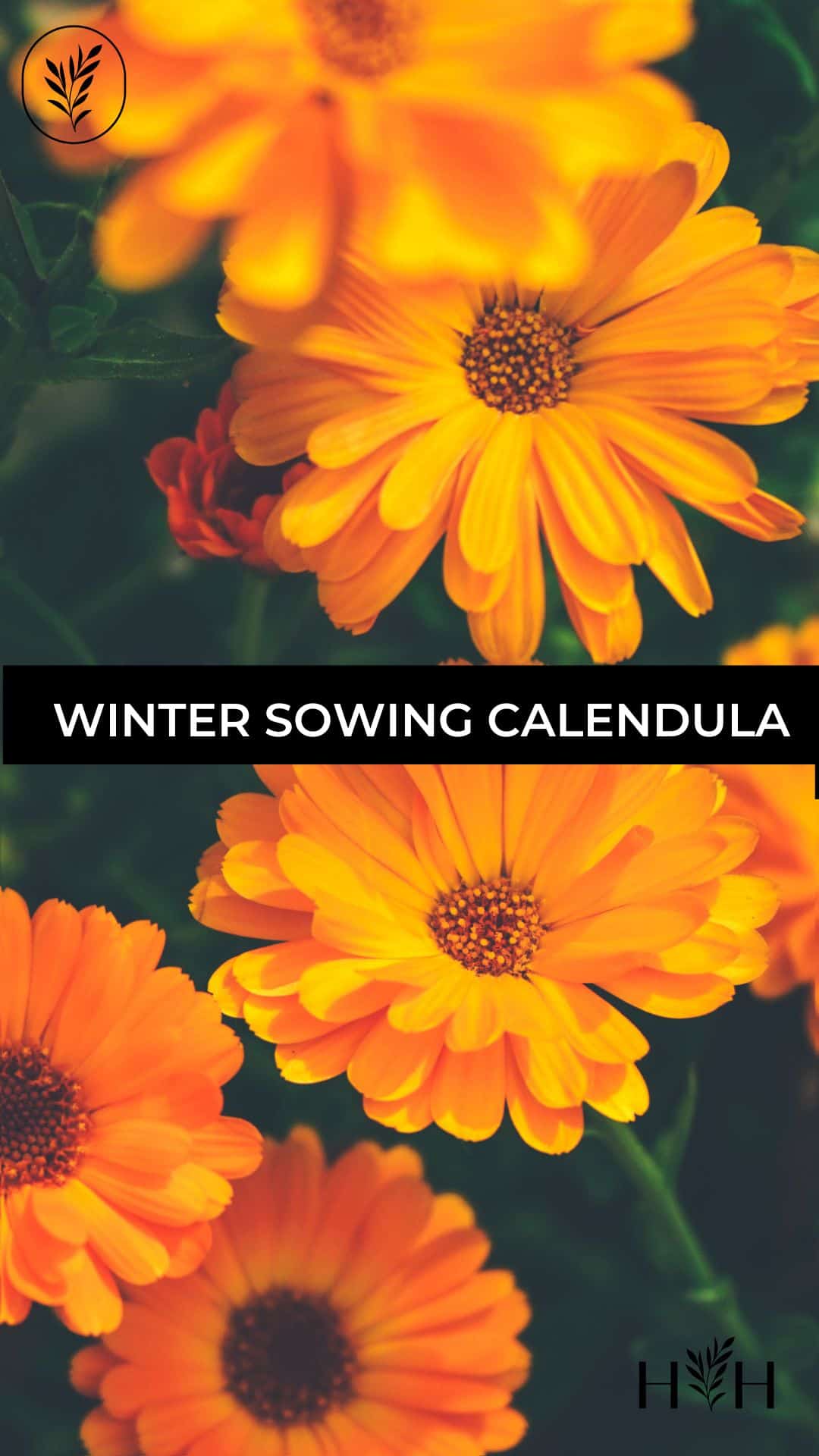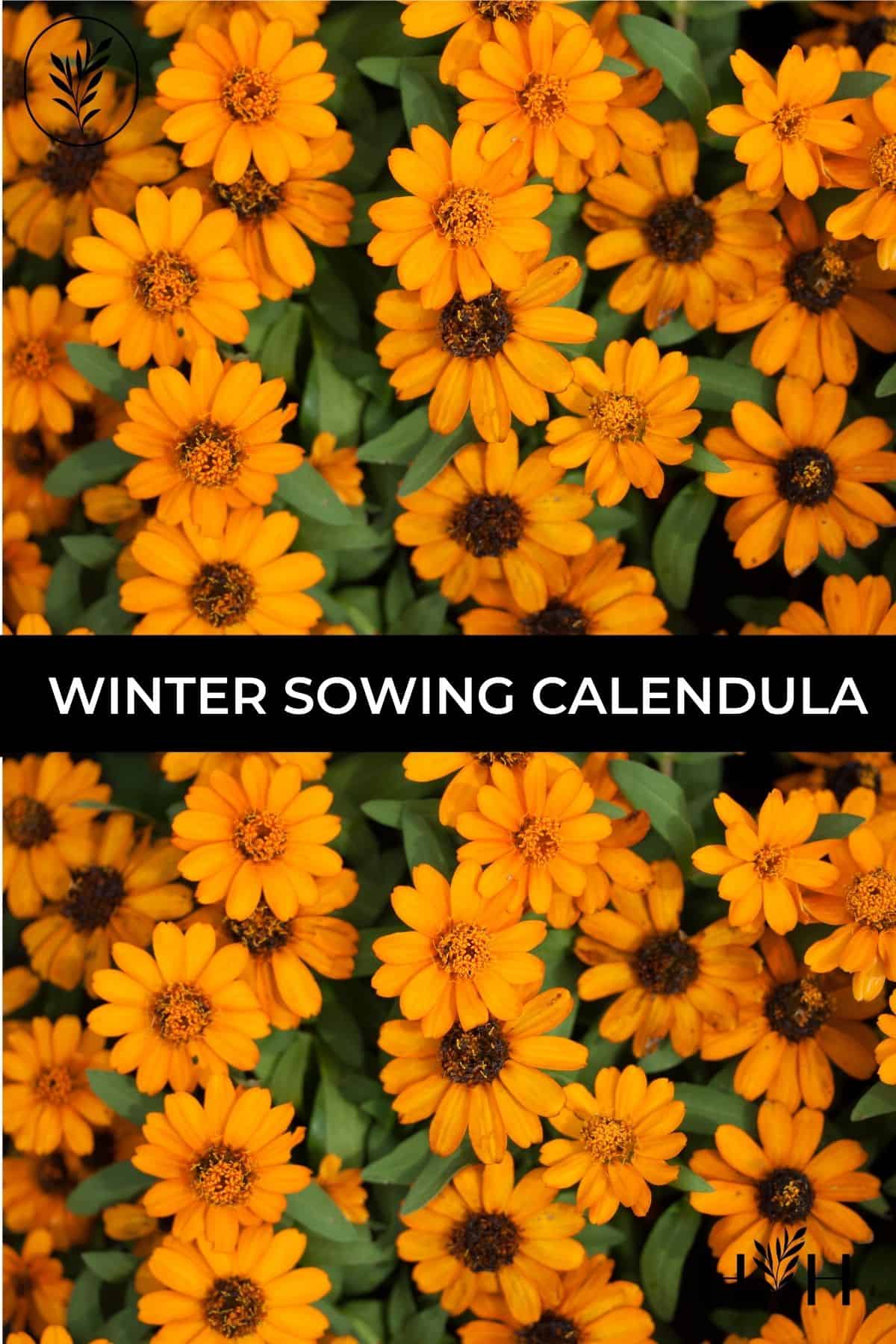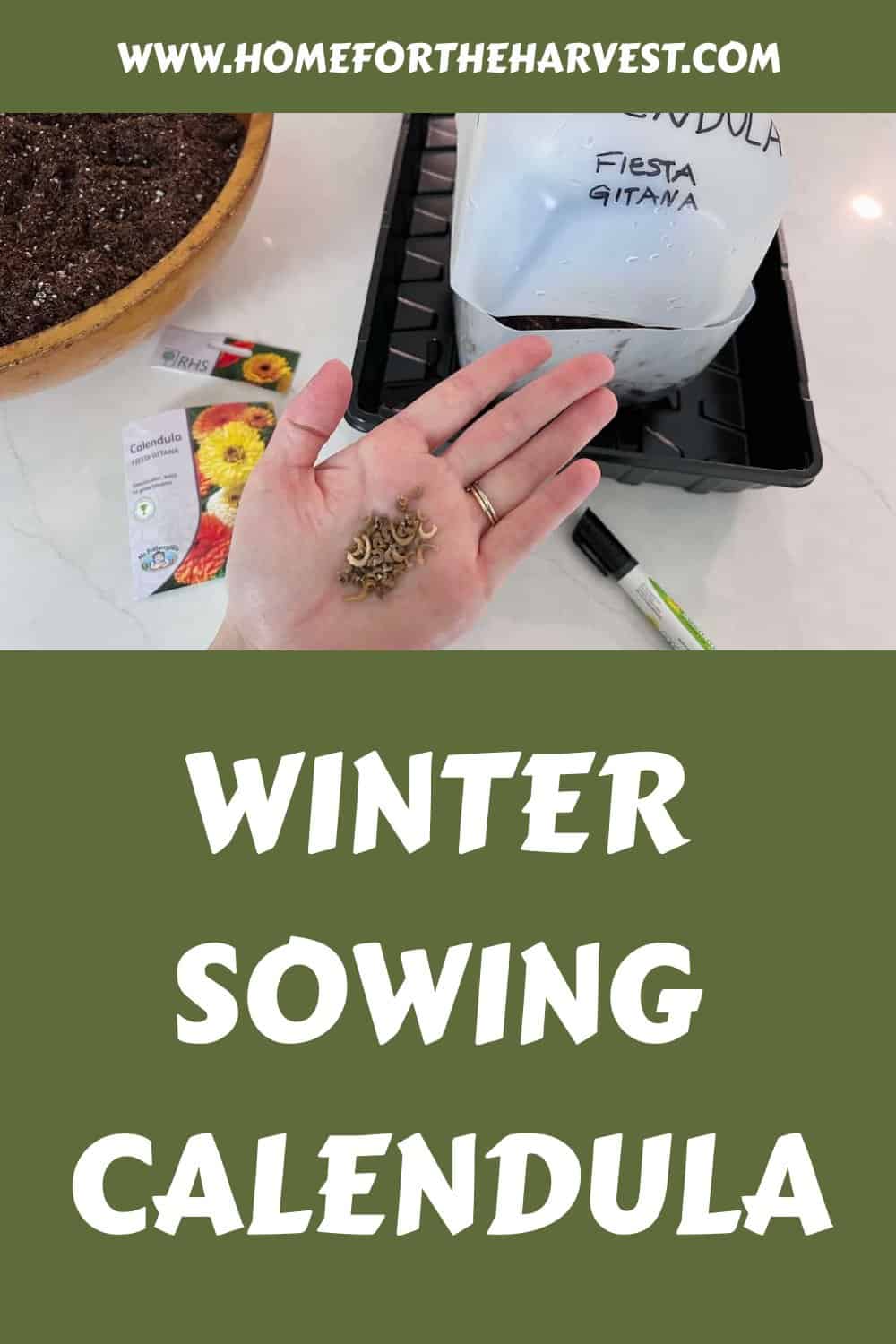Do you want to bring a burst of color and beauty to your garden this year? Winter sowing calendula is a perfect way! Planting these delicate blooms in late winter or early spring will ensure they are well-established before summer arrives. Not only that, but it’s easy, too – no need for an expert green thumb here! With just a few simple steps and some basic care, you can enjoy beautiful flowers all season long.
So let’s start learning about the benefits of winter sowing calendula, when to plant seeds, how to do so properly, and finally, caring for them once planted. You’ll be amazed at what stunning results you can achieve with minimal effort!
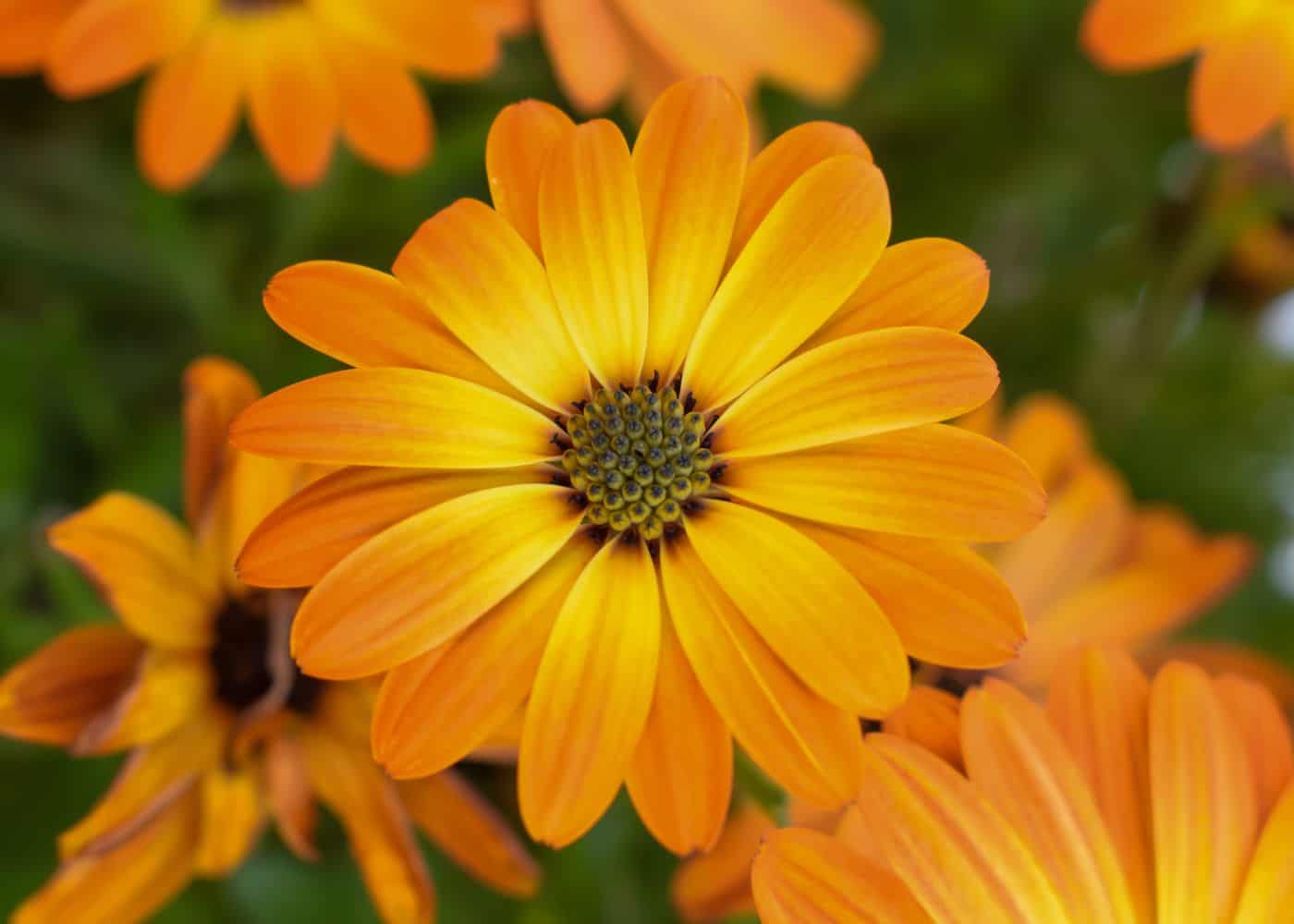
Winter sowing calendula
Winter sowing calendula is a great way to get a head start on your spring garden. Calendula, also known as pot marigold, is an easy-to-grow annual flower that blooms in shades of yellow and orange from early summer until frost. By winter sowing the seeds outdoors in late fall or early winter, you can enjoy these cheerful flowers much earlier than if you wait for warmer weather to sow them indoors.
Winter sowing has many advantages over traditional indoor seed-starting methods. It’s less labor-intensive since there’s no need to monitor temperature and humidity levels or provide supplemental lighting. The cold temperatures help break down the hard seed coat, so they are more likely to germinate when exposed to moisture and warmth later on in the season. Plus, it eliminates the need for transplanting since plants will be established right where they were started.
Winter sowing calendula is an easy and effective way to get a head start on your garden in the spring. With its many benefits, you’ll be able to enjoy beautiful blooms from early summer onwards. Now let’s look at some of those advantages in more detail.
Benefits of winter sowing calendula
Winter sowing is a method of planting seeds outdoors during the winter months. This technique allows gardeners to start their plants earlier in the season, and it’s especially useful for those who live in colder climates. The process involves putting seeds into containers filled with soil or compost, then placing them outside where they can be exposed to cold temperatures and natural moisture from rain or snow.
Calendula (also known as pot marigold) is an easy-to-grow flower that blooms from spring through fall. It has bright yellow and orange petals that attract pollinators like bees and butterflies, making it great for attracting beneficial insects to your garden. Plus, calendula’s edible flowers make a colorful addition to salads or other dishes.
By winter sowing calendula, you can enjoy a longer flowering season than if you were to wait until springtime when most people traditionally plant their gardens. Since the seedlings are already established by the time warmer weather arrives, they will begin blooming sooner than if planted later in the year, providing more color in your garden all summer long. Additionally, this method saves money since you don’t have to buy seedlings from a nursery or garden center – you just need some containers (like yogurt cups), soil/compost mix, water and seeds. Finally, it gives you greater control over how many plants grow each year so that one variety does not crowd out others in your beds or borders.
Winter sowing calendula is a great way to get a head start on your gardening, with the added bonus of enjoying beautiful blooms come spring. Now let’s take a look at when to plant calendula seeds.

When to winter sow calendula
Calendula seeds should be planted in winter or early spring for winter sowing. This is usually sometime between December and March.
How to winter sow calendula seeds
To winter sow calendula, fill a container like a prepped milk jug with moist potting soil. Plant the seeds about 1/4 inch deep into the soil. Place the container outside in an area that receives full sun and cover it with plastic wrap or a lid to keep moisture and heat in.

Caring for winter sown calendula
When caring for winter sown calendula, it’s important to remember that they don’t need much attention or water during this time of year. Check on them periodically throughout the winter months and if needed, give them a light watering but don’t overwater as this could cause root rot. If there are any plastic covers over your plants, remove them in springtime so that your flowers can get plenty of sunshine and air circulation as they bloom.
Transplanting calendula seedlings
Transplanting calendula seedlings is a great way to get your garden off to a strong start. Calendula, also known as pot marigold, is an easy-to-grow annual flower that blooms in shades of yellow and orange. It’s perfect for adding color and texture to any garden bed or container.
When to transplant
When the seedlings have two sets of true leaves, they are ready to be transplanted into individual pots or planted directly into the ground. Plant them in well-draining soil in full sun after all danger of frost has passed. If its still frosty out, leave them in the winter sowing containers so you can replace the covers at night or whenever its particularly cold and frosty out.
Preparing the soil
Before planting, work some compost or other organic matter into the soil for added nutrition and moisture retention. Make sure you dig holes deep enough so that when you place the plant inside it will be at the same level as it was before transplanting; this will help prevent shock from setting in during transplantation.
Water carefully
After planting your calendula seedlings, water them thoroughly but gently with a watering can or hose attachment set on low pressure until they become established—about one week after transplanting should do it. During dry spells, make sure to keep up with regular watering so your plants don’t suffer from drought stress.
Fertilize the plants
Once your calendulas are established (two weeks after transplanting), give them an extra boost by fertilizing every three weeks with a balanced fertilizer according to package directions. This will ensure healthy growth throughout their growing season.
Pest control
Keep an eye out for pests like aphids and spider mites which can cause damage if left unchecked; use insecticidal soap sprays or neem oil solutions if necessary but always follow label instructions carefully when using these products around edible plants.
Trimming the plants
Deadheading and pruning are important tasks for keeping your calendula looking tidy. Deadhead spent flowers regularly, once per week, by snipping off faded blooms at their base with sharp scissors. This encourages more flowers and prevents self-seeding which can lead to overcrowded beds over time. Prune back leggy stems occasionally for bushier growth habits as well.
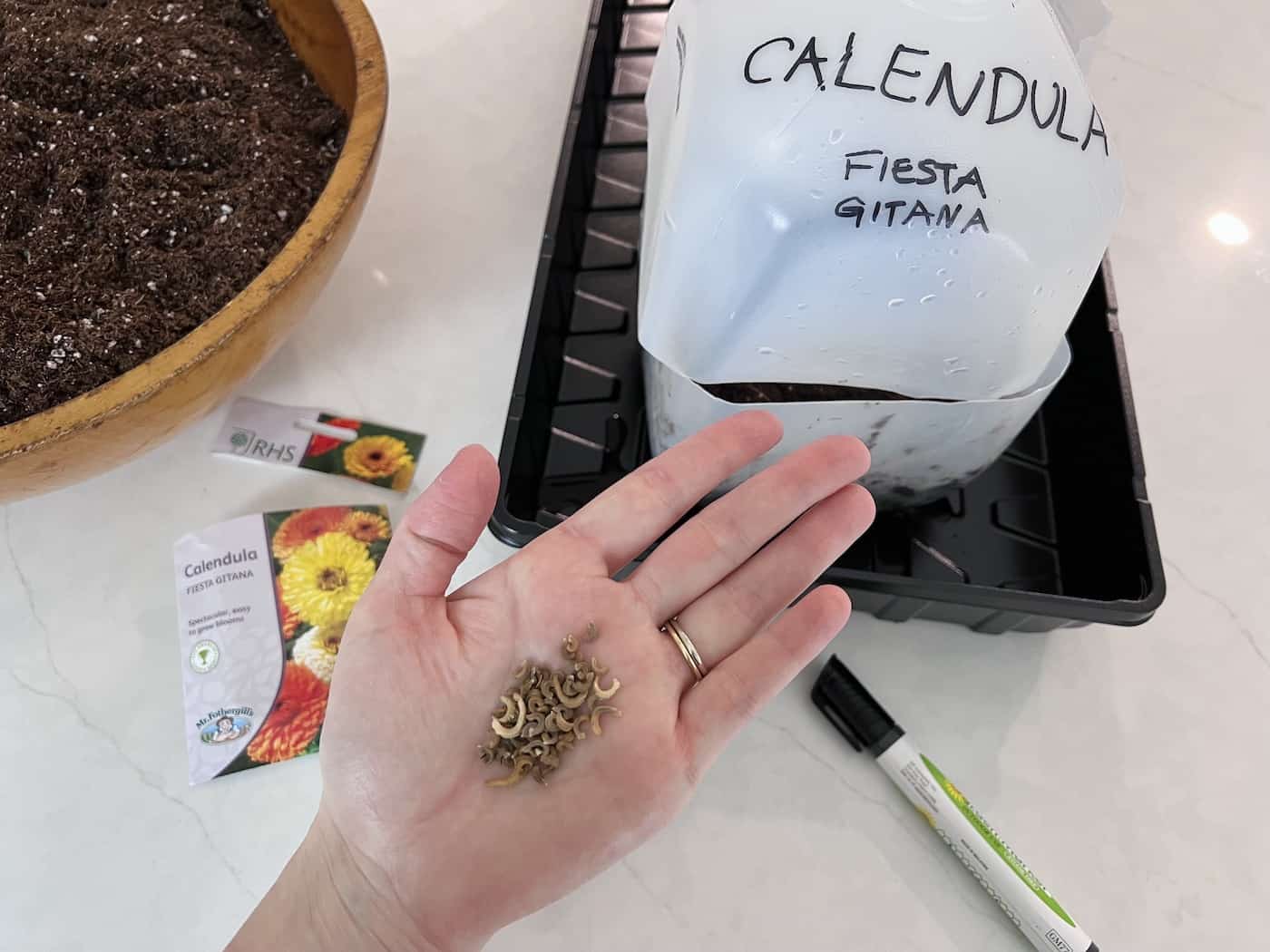
FAQs about winter sowing calendula
Can calendula be winter sown?
Yes, calendula can be winter sown. This is a great way to get a jump start on the growing season and add color to your garden in early spring. Once established, calendula will tolerate cold temperatures and light frost without damage.
Can you winter sow marigold seeds?
Yes, you can winter sow marigold seeds. It involves sowing seeds in containers outdoors during the winter months, allowing them to germinate naturally when temperatures are right. The process requires little effort but yields beautiful results with minimal effort. All you need is some soil, water and patience. Winter sowing is a great way to get an early start on your garden and enjoy the beauty of marigolds throughout the season.
Before you go…
With just a few simple steps, you can have beautiful blooms in no time! The benefits of winter sowing calendula are numerous and include earlier flowering and improved cold tolerance. Winter sowing calendula is an easy and rewarding way to add color to your garden this spring!


